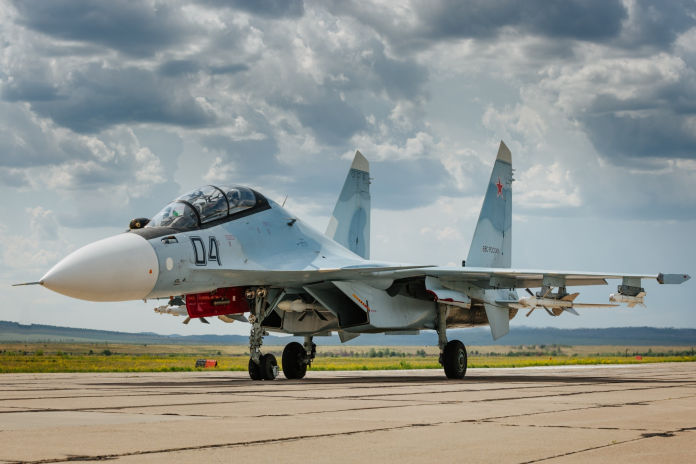
What does it mean when one of the Kremlin’s new warplanes crashes from the sky without a shot fired? In the Black Sea battle space, where possession of the air is intensely contested, this is more than a tactical error it is a portent of strategy.
Ukrainian naval intelligence overheard Russian radio traffic on August 14, 2025, reporting the mysterious loss of a Sukhoi Su-30SM south of Snake Island. The reason for the loss was unknown but wreckage had been found and a search‑and‑rescue operation initiated. It was not in isolation. It is the second of a series of devastating blows to a single Russian naval air force regiment, once considered to be a column of strength of Moscow’s Black Sea aerial might.
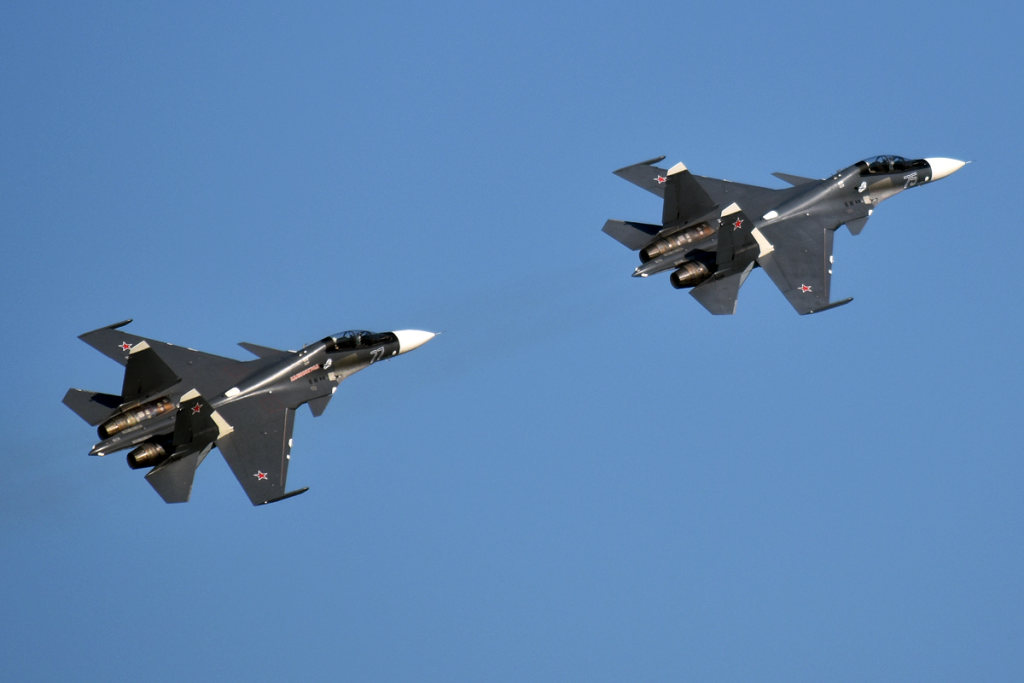
This tale of this crash can be documented without following the service life of the Su‑30SM, the open weaknesses of Crimea, and altered tactics which have transformed air combat in the last three years. These are seven things which encapsulate the meaning of this loss.

1. The Black Sea Crash Mystery
Russian soldiers’ intercepted message, according to the Ukrainian Navy, stated that the Su‑30SM lost contact while on a mission south-east of Snake Island. No reason for the crash is verified, and there is no Russian representative who has made any comment. Debris on the surface of the water has been seen, but there is no news about the fate of the two-man crew.
The pro-Russian Telegram account “Fighter Bomber” shared an enigmatic goodbye with the photo of the plane, while pro-Ukrainian sources pointed to the possibility that the jet was flying out of Saki or Belbek airbases in Crimea. Short of conclusive evidence, the situation is not clear but the location indicates the risk-prone situation for Russian aircraft in the western Black Sea.
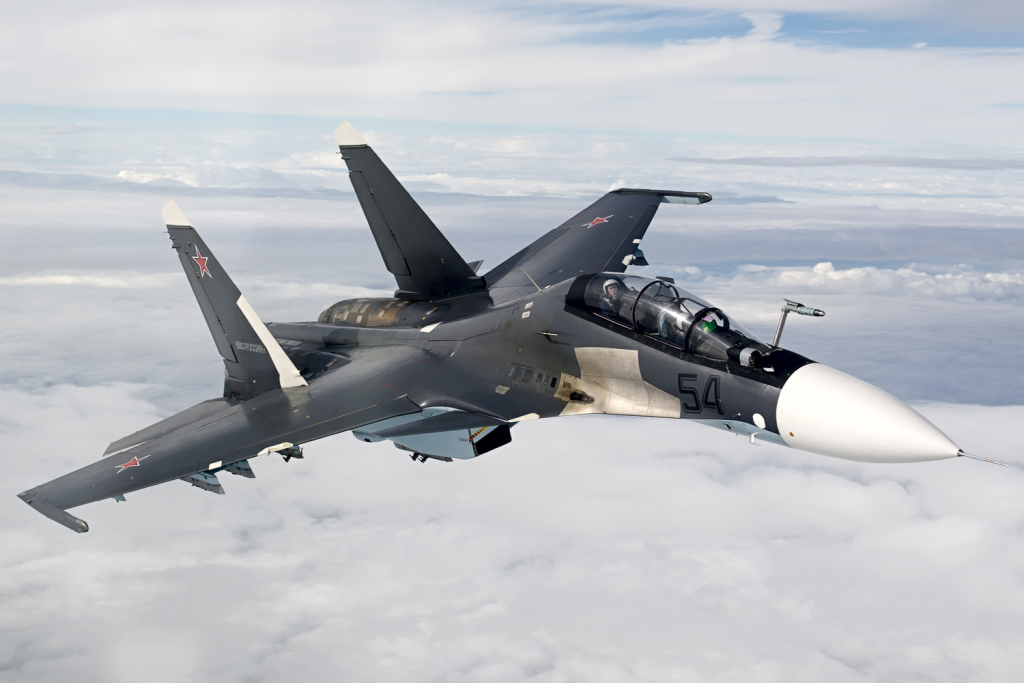
2. A $50 Million Blow to Moscow
The Su‑30SM costs between $35 million and $50 million, depending on configuration. Losing one is not only a financial setback but also a loss of fighting capability in an area where the air power of Russia is already thin.
This loss is part of a trend. The 43rd Separate Naval Assault Air Regiment the unit that reportedly flew the crashed aircraft has lost over half its Su‑30SM fleet since 2022. Every lost aircraft serves as a reminder that even fifth-generation jets can be victims of attrition in hostile airspace.

3. The 43rd Regiment’s Steep Decline
Stationed at the occupied Saki airbase since 2014, the 43rd Separate Naval Assault Air Regiment spearheaded the mass incursion into Ukraine with 12 Su‑30SMs. As of now, seven confirmed losses have been accumulated, two more damaged. The loss has reduced the regiment to less than half its original strength.
The first loss was on 5 March 2022 near Mykolaiv, where both aircraft crew members on board, including squadron commander Maj. Oleksii Holovenskyi, were taken prisoner. The hits were from precision strikes and shoot-downs, even including combat between the regiment maritime drones, decreasing the regiment’s power projection capability in the Black Sea.

4. Crimea’s Vulnerable Air Hub
The Saki airbase is the key objective of Russia’s activities in the Black Sea but also the frequent target. Ukrainian forces attacked the base on August 9, 2022, and destroyed three Su‑30SMs, damaged one, and inflicted damage of equal proportions on Su‑24 bombers. An ammunition storage facility was also attacked in the raid, which raised the operational disruption to higher stakes.
The Security Service of Ukraine termed such a move as “yet another step towards disabling the enemy’s ability to conduct a war of aggression against Ukraine.” Having the base on occupied Crimean territory makes it strategically important and under constant threat of deep-penetration Ukrainian air attacks.
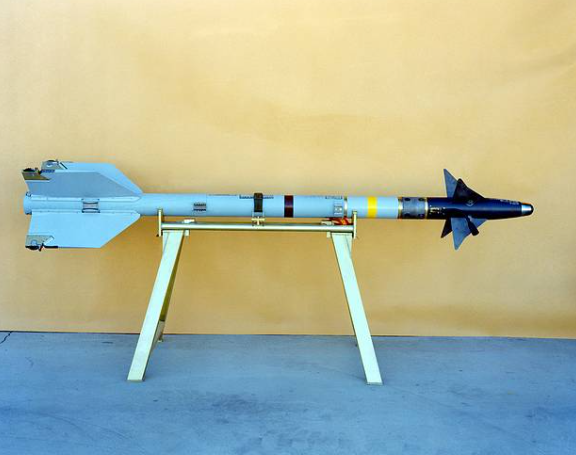
5. Unprecedented Tactics in Aerial Warfare
On May 2, 2025, the Ukrainian military intelligence and the SBU registered a world first: the shooting down of an occupied fighter jet by a naval drone with an AIM-9 missile. The target was a Su-30SM over the Black Sea.
This innovation showed how unmanned platforms could be employed for air-to-air combat, destroying naval and aerial combat distinctions. It also helped to show Russian pilots that there could now be threat from novel vectors, making mission planning and execution more difficult.
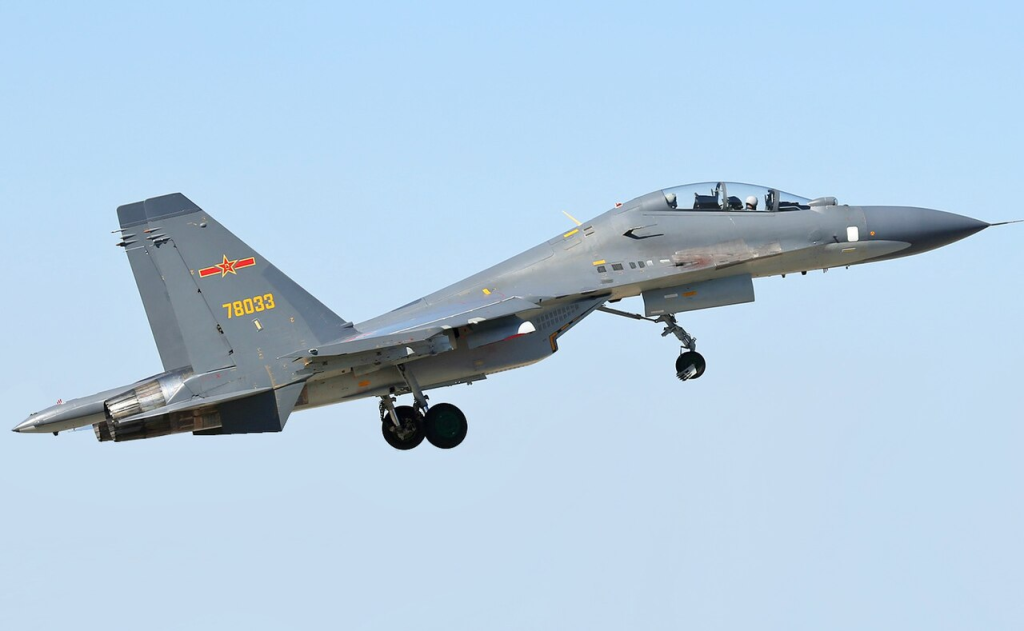
6. The Capabilities and Limitations of the Su-30SM
Designed by the JSC Sukhoi Design Bureau and manufactured by IRKUT, Su‑30SM is a twin‑engined, two‑seat multirole fighter that can perform counter‑air, counter‑land, and counter‑sea missions. The aircraft can carry 8 tonnes of ordnance such as Oniks supersonic anti‑ship missiles with a range of 120–300 km, and maintain speeds of Mach 2.
With all its advanced avionics, thrust-vectoring engines, and range, its survivability is highly dependent upon situational awareness and air defense cover. In the Black Sea theater of operation, where Ukrainians are employing drones, man-portable air defense, and precision strikes, even such high-technology platforms become more susceptible.
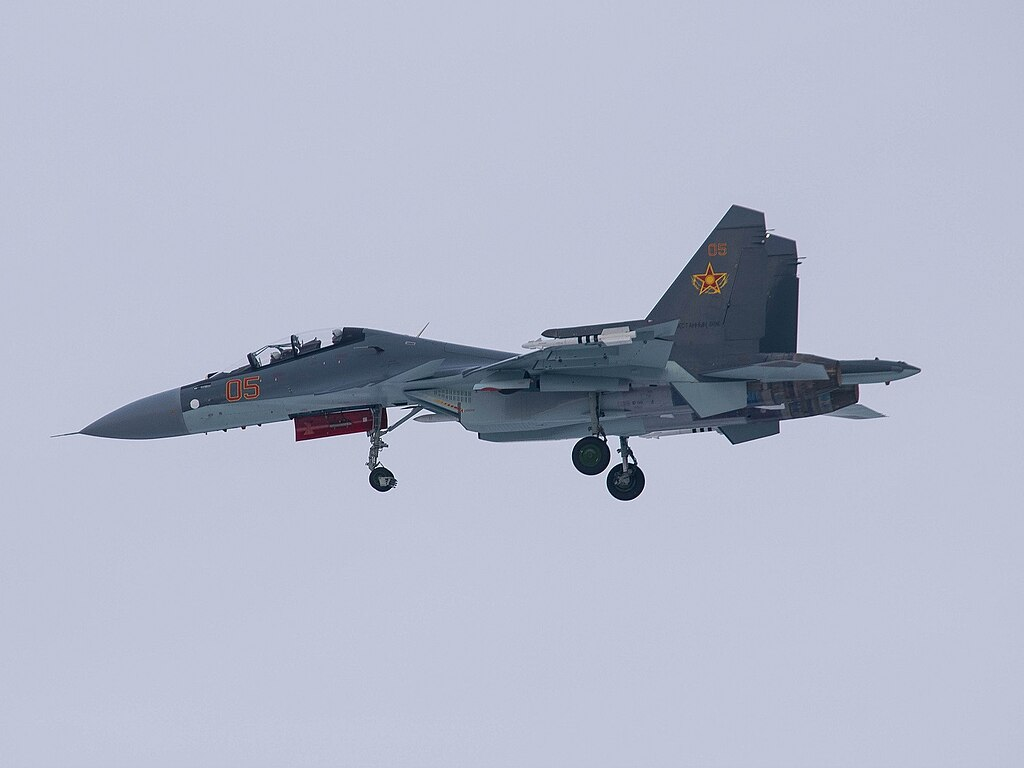
7. Strategic Implications for the Black Sea Theater
The cumulative loss of Su‑30SMs has strategic consequences. The reduced fleet of the 43rd Regiment diminishes Russia’s capability to patrol, escort, and strike missions in the Black Sea. Such capability loss also applies to the defense of naval assets as well as the enforcement of airspace control.
For Ukraine, each successful intercept or attack not only removes a high-value target from the combat space but also erodes Russian operational confidence and morale too. The Aug. 14 crash, technical or via enemy action, brings additional attention to the reality that the Black Sea is a hostile and contested realm for Russian aircraft.
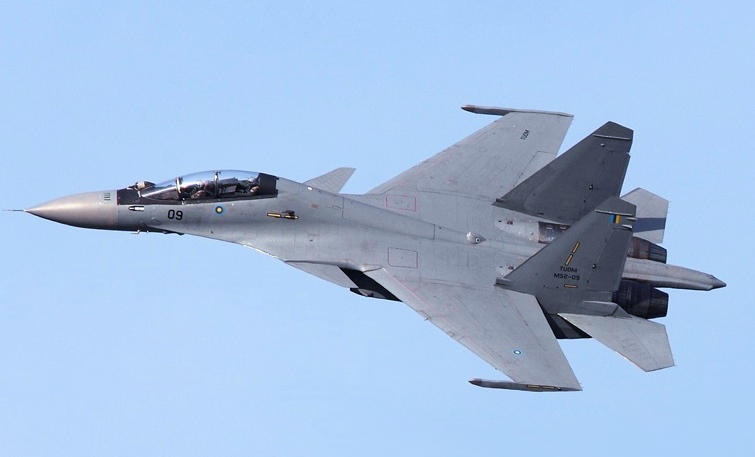
And yet another Su-30SM lost or shot down in mysterious circumstances – not a one-off. Another step in a deliberate campaign that has been increasingly eroding one of Russia’s strategic advantages: naval aviation power. The event underscores for defense analysts how, in the technological, tactical, and geographical interplay, even the cutting-edge planes can be rendered vulnerable. The struggle for air supremacy over the Black Sea will not stop here.
